Museum and Historic Site Management
American Association for State and Local History
Book Series
Series Editor : Russell Lewis, Chicago History Museum
Editorial Advisory Board
Eloise Batic, Indiana Historical Society
Jessica Dorman, The Historic New Orleans Collection
W. Eric Emerson, South Carolina Department of Archives and History
Tim Grove, National Air and Space Museum
Garet Livermore, Sagamore Institute of the Adirondacks
Sandra Smith, Heinz History Center
Elizabeth Joan Van Allen, Kentucky Historical Society
Larry Wagenaar, Historical Society of Michigan
Staff
Bob Beatty, AASLH
Charles Harmon, Rowman & Littlefield Publishers
About the Series
The American Association for State and Local History Book Series publishes technical and professional information for those who practice and support history, and addresses issues critical to the field of state and local history. To submit a proposal or manuscript to the series, please request proposal guidelines from AASLH headquarters: AASLH Editorial Board, 1717 Church St., Nashville, Tennessee 37203. Telephone: (615) 320-3203. Website: www.aaslh.org.
About the Organization
The American Association for State and Local History (AASLH) is a national history organization headquartered in Nashville, Tennessee. AASLH provides leadership and support for its members who preserve and interpret state and local history in order to make the past more meaningful to all Americans. AASLH is a membership association representing history organizations and the professionals who work in them. AASLH members are leaders in preserving, researching, and interpreting traces of the American past to connect the people, thoughts, and events of yesterday with the creative memories and abiding concerns of people, communities, and our nation today. In addition to sponsorship of this book series, AASLH publishes History News magazine, a newsletter, technical leaflets and reports, and other materials; confers prizes and awards in recognition of outstanding achievement in the field; and supports a broad education program and other activities designed to help members work more effectively. To join AASLH, go to www.aaslh.org or contact Membership Services, AASLH, 1717 Church St., Nashville, TN 37203.
Museum and Historic Site Management
A Case Study Approach
Samantha Chmelik
ROWMAN & LITTLEFIELD
Lanham Boulder New York London
Published by Rowman & Littlefield
A wholly owned subsidiary of The Rowman & Littlefield Publishing Group, Inc.
4501 Forbes Boulevard, Suite 200, Lanham, Maryland 20706
www.rowman.com
Unit A, Whitacre Mews, 26-34 Stannary Street, London SE11 4AB, United Kingdom
Copyright 2015 by Rowman & Littlefield
All rights reserved . No part of this book may be reproduced in any form or by any electronic or mechanical means, including information storage and retrieval systems, without written permission from the publisher, except by a reviewer who may quote passages in a review.
British Library Cataloguing in Publication Information Available
Library of Congress Cataloging-in-Publication Data Is Available
ISBN 978-1-4422-5637-8 (cloth: alk. paper)
ISBN 978-1-4422-5638-5 (paperback: alk. paper)
ISBN 978-1-4422-5639-2 (electronic)
 The paper used in this publication meets the minimum requirements of American National Standard for Information SciencesPermanence of Paper for Printed Library Materials, ANSI/NISO Z39.48-1992.
The paper used in this publication meets the minimum requirements of American National Standard for Information SciencesPermanence of Paper for Printed Library Materials, ANSI/NISO Z39.48-1992.
Printed in the United States of America
Contents
Blindspot Analysis
SWOT Analysis
Risk Mitigation Plan
Class Presentation Time Table
Class Discussion Time Table
Putnam Art Museum Gala Fundraising Board Summary
The people who directly and indirectly contributed to this book are too numerous to individually list. The perspectives and experiences of my museum colleagues from the Richard H. Driehaus Museum and the International Museum of Surgical Science, volunteer colleagues at Czech history societies and the National Civic Art Society, and fellow graduate school students at the University of Illinois at Chicago and Loyola University, Chicago, informed the cases and their protagonists. The enthusiasm and encouragement of my editor Charles Harmon spurred me to develop rich, complex cases and question sets.
On a personal note, some of my earliest memories are of my parents taking my brother and me to visit museums. My mother preferred the art and history museums, while my father liked the science and natural history museums. We all enjoyed the planetariums and zoos. As I see my brother and sister-in-law take my nephews to museums, I hope those visits spark the lifelong curiosity that opened new worlds and possibilities to my brother and me. I dedicate this book to all of the children and families who are inspired by the creativity and passion of museum professionals.
The roots of this book were formed in the early 1980s when I visited the Lincoln-Tallman House during a school field trip. Subsequently, I visited as many museums, historic homes, and historic sites as I couldeven keeping a log of my visits. The stories of the objects and occupants and the behind-the-scenes management of sites fascinated me. After volunteering at different types of nonprofit organizations, running a research business, and working at museums, the satisfaction and challenges of working at such institutions were immediately apparent. During my MBA studies, the use of case studies introduced students to scenarios and issues across different functions and industries. We had the opportunity to see a problem and its solutions from multiple perspectives and across different timeframes. As I studied for a masters degree in public history, I thought the case study approach would be applicable, too.
Case studies help hone analytical and decision-making skills. You see multiple people interpret a problem and offer differing solutions. In a classroom setting, you may be asked to argue a point of view that is different from your own. Understanding that different point of view teaches you to consider a situation through various lenses and understand why someone else may have a different perspective or solution. Then you can address those points in your own arguments.
For those in the field, case studies can help you anticipate similar situations at your own institution and develop your own response before the situation arises. All of these cases studies are based on situations that occurred at actual museums, historic sites, and other nonprofit organizations. A case study may include multiple events that happened at different institutions to force the protagonists into action. Those complications also force you to develop a more thorough responsethere are no quick fixes or band-aids. Solutions are also not provided. The goal of each case is not to find the one correct solution, but to understand the challenges inherent in developing a solution. In the real world, your decision today may change tomorrow, due to an unforeseen event.
Your role within an institution will also change over time. If you become a director, you will have to make decisions about issues and departments that are not your area of expertise. Defining a problem correctly and then investigating possible solutions are universal skills.
Book Methodology
The case studies are fictionalized representations of real-life situations that have occurred at museums, historic sites, and nonprofit organizations. Some situations are drawn from personal experience; others were uncovered via research. Elements from multiple situations are incorporated into each individual case study to create multifaceted scenarios which challenge you to develop a creative yet pragmatic solution.
Next page
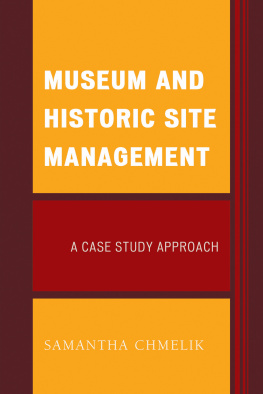
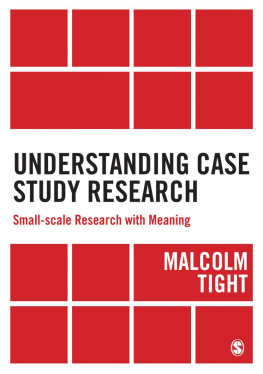
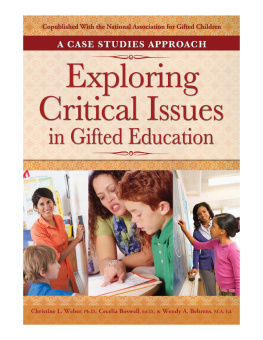
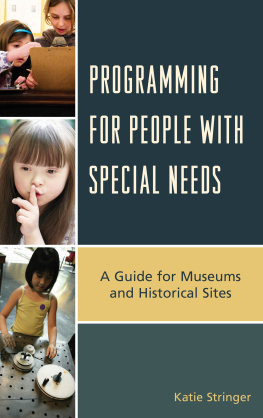
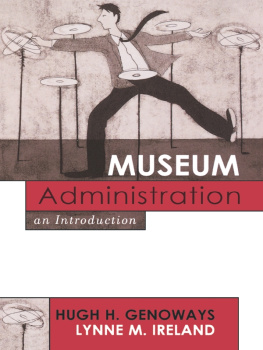

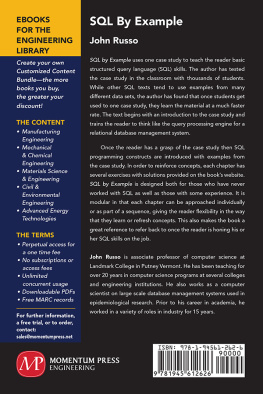


 The paper used in this publication meets the minimum requirements of American National Standard for Information SciencesPermanence of Paper for Printed Library Materials, ANSI/NISO Z39.48-1992.
The paper used in this publication meets the minimum requirements of American National Standard for Information SciencesPermanence of Paper for Printed Library Materials, ANSI/NISO Z39.48-1992.